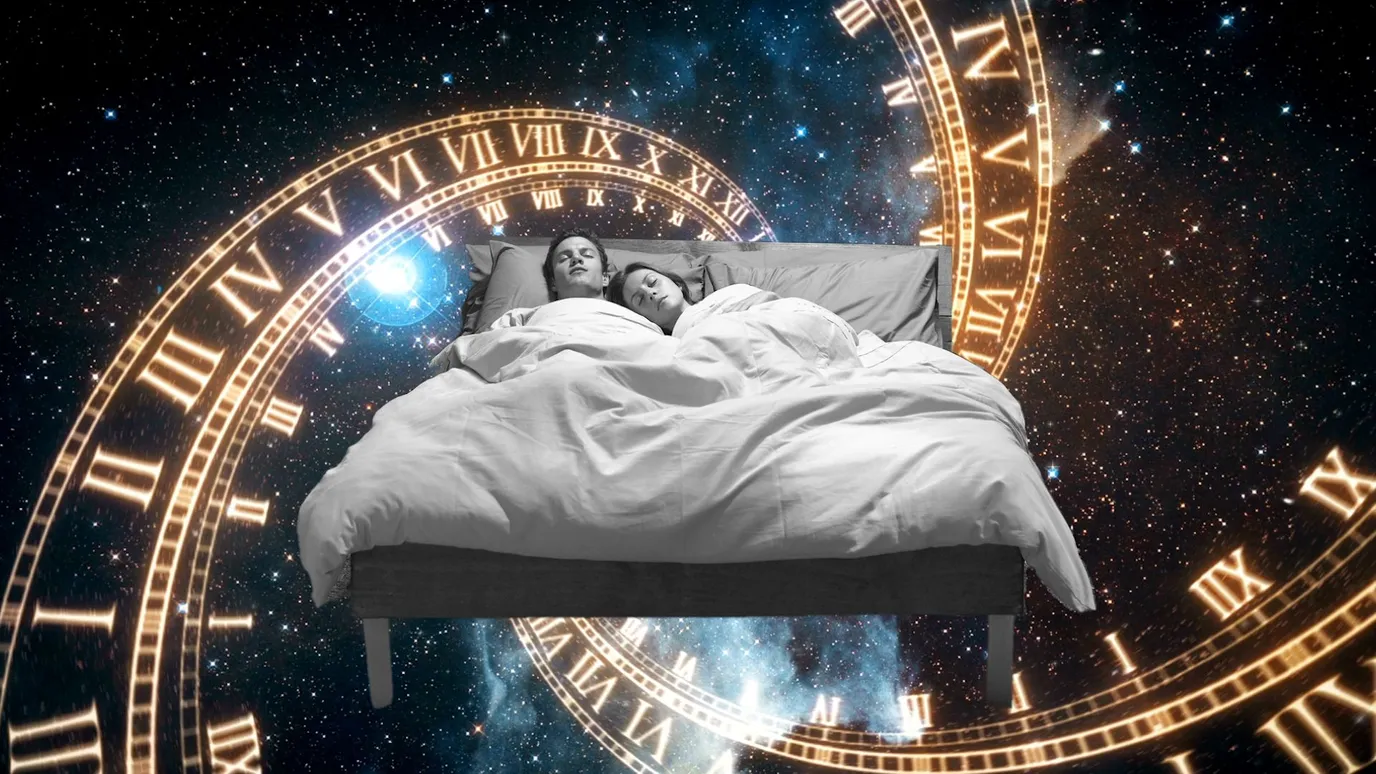In the labyrinth of human consciousness, where the realms of reality intertwine with the ethereal, the Bahá’í teachings offer profound insights into the nature of dreams and their potential significance in our lives. Déjà vu, that uncanny sensation of having witnessed an event before, often beckons individuals to ponder the mysteries of time and existence. Through the lens of Bahá’í principles, one can discern a nuanced understanding of dreams, their prophetic qualities, and their relationship to a unified spiritual reality.
To embark upon this exploration, it is critical to establish a foundation in the Bahá’í perspective on dreams. The teachings of Bahá’u’lláh, the founder of the Bahá’í Faith, encourage a view of dreams as a means through which the soul engages with the spiritual universe. They are perceived not just as random mental fabrications of the sleeping mind, but as potential keys to unlocking profound insights and guidance. Dreams, in this context, serve as conduits through which the divine can reach and inspire humanity.
In the rich tapestry of Bahá’í literature, dreams are often seen as reflections of our inner thoughts or premonitions of future events. The concept of prophetic dreams resonates with many, suggesting that there is a harmonious connection between the human spirit and the celestial realms. Just as a tree sends its roots deep into the earth to seek nourishment, so too do dreams delve into the depths of our collective unconscious, drawing forth intuitive wisdom. This metaphor illustrates the interconnectedness of individual and collective experiences, emphasizing the idea that one’s personal revelations may echo broader truths about humanity.
The concept of déjà vu further deepens this understanding by catalyzing an exploration of time and perception. Déjà vu, derived from French meaning “already seen,” poses intriguing questions about the distinction between past, present, and future. Within Bahá’í thought, time is not linear but rather a dynamic continuum; moments can resonate and reverberate across the dimensions of existence. This notion compels us to consider that experiences interpreted as déjà vu may not solely be coincidental but rather indicative of the soul’s navigation through spiritual truths that transcend temporal boundaries.
Moreover, the interplay between dreams and déjà vu offers a unique lens through which the Bahá’í teachings illuminate the human experience. Individuals may encounter certain symbols or situations in dreams that later manifest in waking life, resulting in the eerie familiarity characteristic of déjà vu. This phenomenon is akin to a harmonious symphony, where each note represents a distinct moment in time, yet they converge to create a unified melody. Recognizing the synchronous relationship between our dreams and the unfolding of our reality presents an opportunity for individuals to engage with their intuition and embrace the lessons that arise from these experiences.
In contemplating the nature of dreams and their purported prophetic qualities, it becomes crucial to address the methodology of discerning meaning. Bahá’í teachings advocate for reflective and meditative practices, encouraging individuals to engage in prayer and contemplation before sleep. This practice may open the mind to receive divine guidance and insight, transforming dreams into a fertile ground for spiritual growth. The act of journaling upon waking can also aid in capturing the essence of these nocturnal revelations, providing clarity and context to dreams that may initially appear enigmatic.
One must also recognize the importance of interpretation. Just as an artist imbues meaning into a canvas, individuals must interpret their dreams with discernment and wisdom. The Bahá’í writings emphasize that symbols within dreams can vary widely among cultures and individuals, and as such, it is essential to approach dream analysis with an open mind. By exploring the emotional responses elicited by dream imagery, one may uncover personal associations that render deeper insights. This introspective journey requires a balance of both rational thought and intuitive feeling, merging the analytical with the experiential.
Furthermore, the communal aspect of the Bahá’í Faith enriches the understanding of dreams and déjà vu. Sharing dream experiences within a supportive community fosters discussion and contemplation, allowing individuals to glean varying interpretations and perspectives. The collective wisdom of the community becomes an invaluable resource, much like a diverse mosaic reflecting the multifaceted nature of truth. In weaving together different insights, a more comprehensive understanding can emerge, allowing individuals to confront their own beliefs and assumptions about dreams and their significance.
As we delve deeper, it is essential to consider the broader implications of integrating dream analysis into personal growth and spiritual development. Dreams can serve as windows to unresolved issues, emotional barriers, or latent aspirations. The Bahá’í teachings advocate for the pursuit of personal transformation through awareness and understanding. By heeding the messages of our dreams, individuals can embark on a journey of self-discovery that aligns with their true purpose and the greater good of humanity.
In conclusion, the exploration of dreams and déjà vu through a Bahá’í lens presents a captivating arena where spirituality and psychology intersect. By recognizing dreams as more than mere nocturnal occurrences, one can appreciate their potential as prophetic guidance. The intricate tapestry woven from the threads of dreams and the mysteries of déjà vu invites individuals to glimpse the profound interconnectedness of existence. Through reflection, interpretation, and communal engagement, the teachings of Bahá’u’lláh illuminate the pathway toward a deeper understanding of the human experience, ultimately fostering a richer dialogue about the nature of time, reality, and the soul’s eternal journey.
